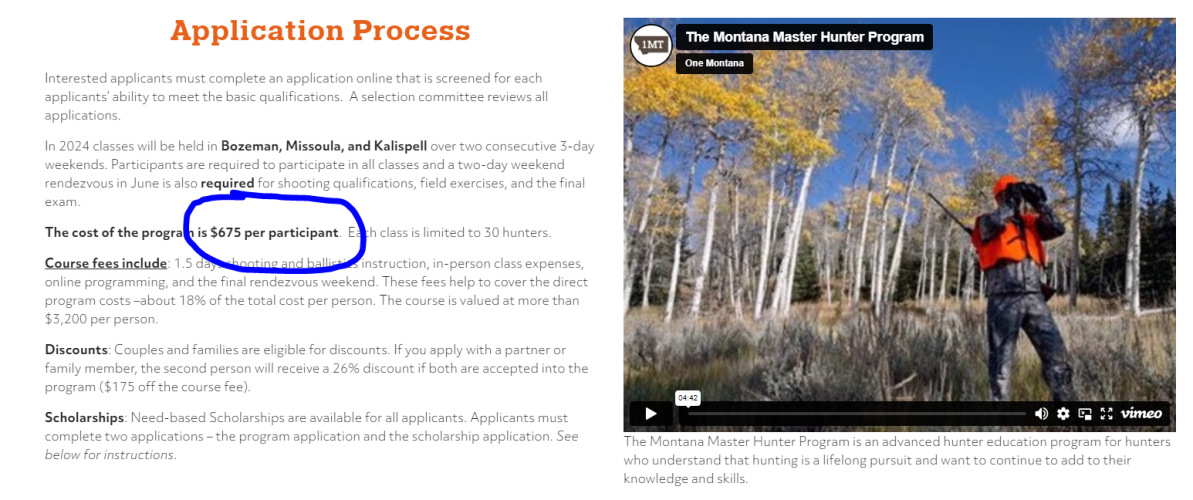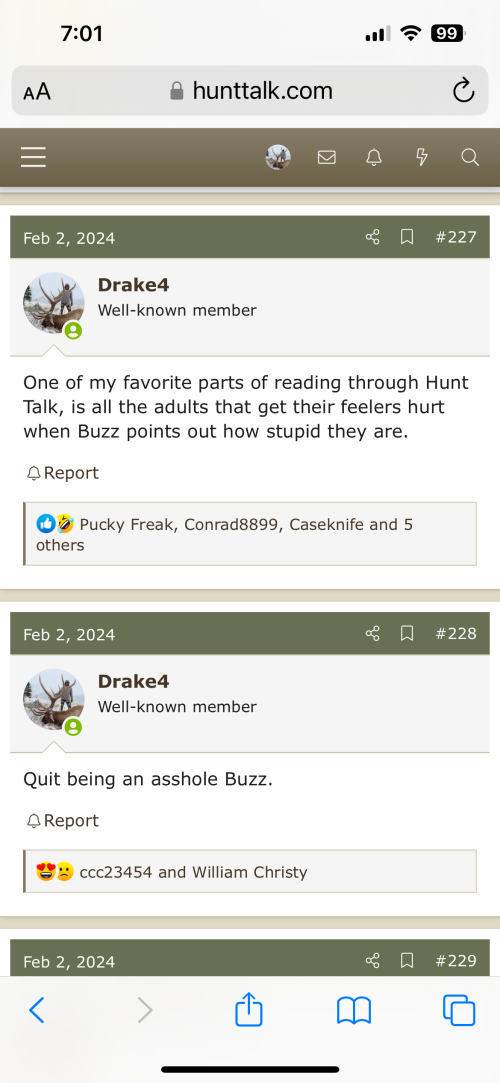Elky Welky
Well-known member
This is the kind of (mostly productive) conversation that gives me hope for HT. Glad I found this at the end of this week.
There is enormous value for us to keeping rangeland rangeland, and how grazing is vitally important to keeping wildlife populations viable. But regarding PERC's idea, here's a more neutral take:

 www.outdoorlife.com
www.outdoorlife.com
There is enormous value for us to keeping rangeland rangeland, and how grazing is vitally important to keeping wildlife populations viable. But regarding PERC's idea, here's a more neutral take:

New ‘Elk Rent’ Program to Pay Ranchers Each Day Herds Are on Their Land
A new program in Montana's Paradise Valley would subsidize ranchers and farmers with so-called elk rent payments for elk using their land.
 www.outdoorlife.com
www.outdoorlife.com






